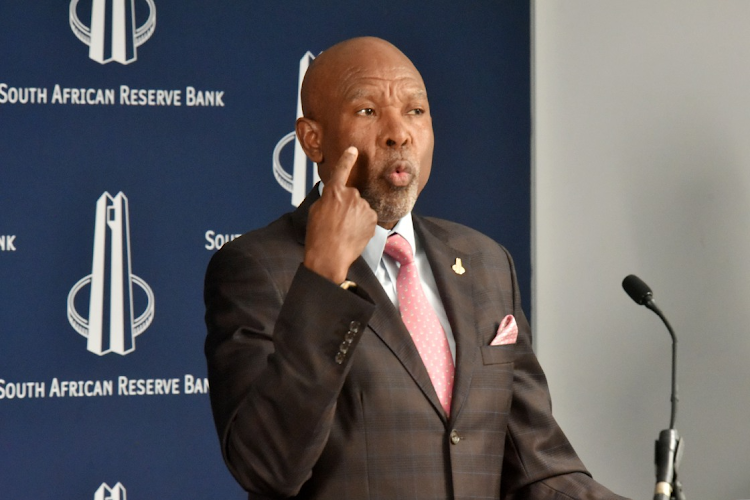Poll or no poll, the Reserve Bank does its own thing

Independence is demonstrated by decisions during election years, even though the debt-to-GDP ratio is less prudent
A fortnight ago, I argued that both monetary and fiscal policy must provide stability by creating predictability for investors, businesses and households, as these policy decisions guide investment and consumption decisions.
Limiting unexpected and seemingly populist policy decisions and remaining on the policy path already embarked on, particularly when it comes to fiscal policy, can shore up confidence for investors, especially at times of geopolitical and domestic electoral uncertainty.
Continuing this line of argument, there is theoretical evidence, and a real perception domestically, that ruling parties’ administrations tend to overspend during election years to bolster their performance in the polls. There is also the feeling that central banks’ policy decisions might be influenced by political considerations, and that they may cut interest rates during election years. This is especially so for those central banks whose independence is not clear.
I looked at the policy decisions of the National Treasury and the Reserve Bank from the 1999 to 2019 elections. During this period, there were 10 elections — five general and five for local government. Let’s take fiscal deficit as an indicator of fiscal policy and interpret a widening deficit as evidence of a populist attempt to shore up popularity and a narrowing deficit as proof of a prudent policy against populism.
Fiscal policy was prudent (narrowing deficit) in all of the five (2000, 2006, 2011, 2016 and 2021) local government elections, as shown by a narrowing of the fiscal deficit relative to the previous year. When it comes to general elections, fiscal policy tightened in two of the election years (1999 and 2004), remained relatively flat during the 2014 general elections, and widened during the 2009 and 2019 polls.
The 2009 elections took place in the recovery period after the 2008 financial crisis, so there was justification for an expansionary fiscal policy. In any case, most countries were stimulating their economies then — some of them, including advanced economies such as the US, using unconventional monetary policy. The conclusion is that, in the main, fiscal policy has been prudent during election years — except for 2019, when it widened.
On the monetary policy side, the Bank cut rates during four of the election years (2004, 2009, 2016 and 2019) and hiked rates in four of the polls (2000, 2006, 2014 and 2021), which is an even split. Thus, there is no evidence its decisions were driven by anything other than its objective of price stability. The Bank is constitutionally independent, and this is backed up by its decisions during election years.
“The upcoming budget will reveal whether that commitment still remain or not, given that commitment to expenditure ceilings and spending cuts have not been adhered to in some years"
This evidence is critical, as it affirms institutional strength on monetary and fiscal policy, which credit ratings agencies always raise as a source of resilience. Taking fiscal policy on its own and in general, and not looking at it during election years, there are reasons to suggest it has not been as prudent as it should have been if one looks at the debt-to-GDP ratio. The IMF says it will keep rising over the next few years.
This lack of debt sustainability is what informs the current fiscal stance, where the Treasury has communicated that it will run primary surpluses to reduce the debt-to-GDP ratio and stabilise it.
The upcoming budget will reveal whether that commitment still remain or not, given that commitment to expenditure ceilings and spending cuts have not been adhered to in some years.
Aside from the policy decisions, other players care about elections — investors who lend the government money. Market performance shows how investors perceive elections. During election years, the rand tends to weaken more often than it strengthens against the US dollar. It also tends to appreciate more aggressively than it weakens in the few times it does this. The 10-year bond yields tend to decline more often than they rise, with the magnitude on either extreme almost equal at about 124 basis points.
The point here is this: it’s a year of two-way risks on currency and bond yields, dependent on the outcome of the elections, which all need to be managed.
